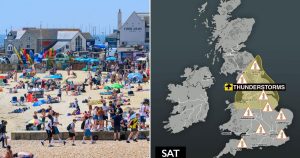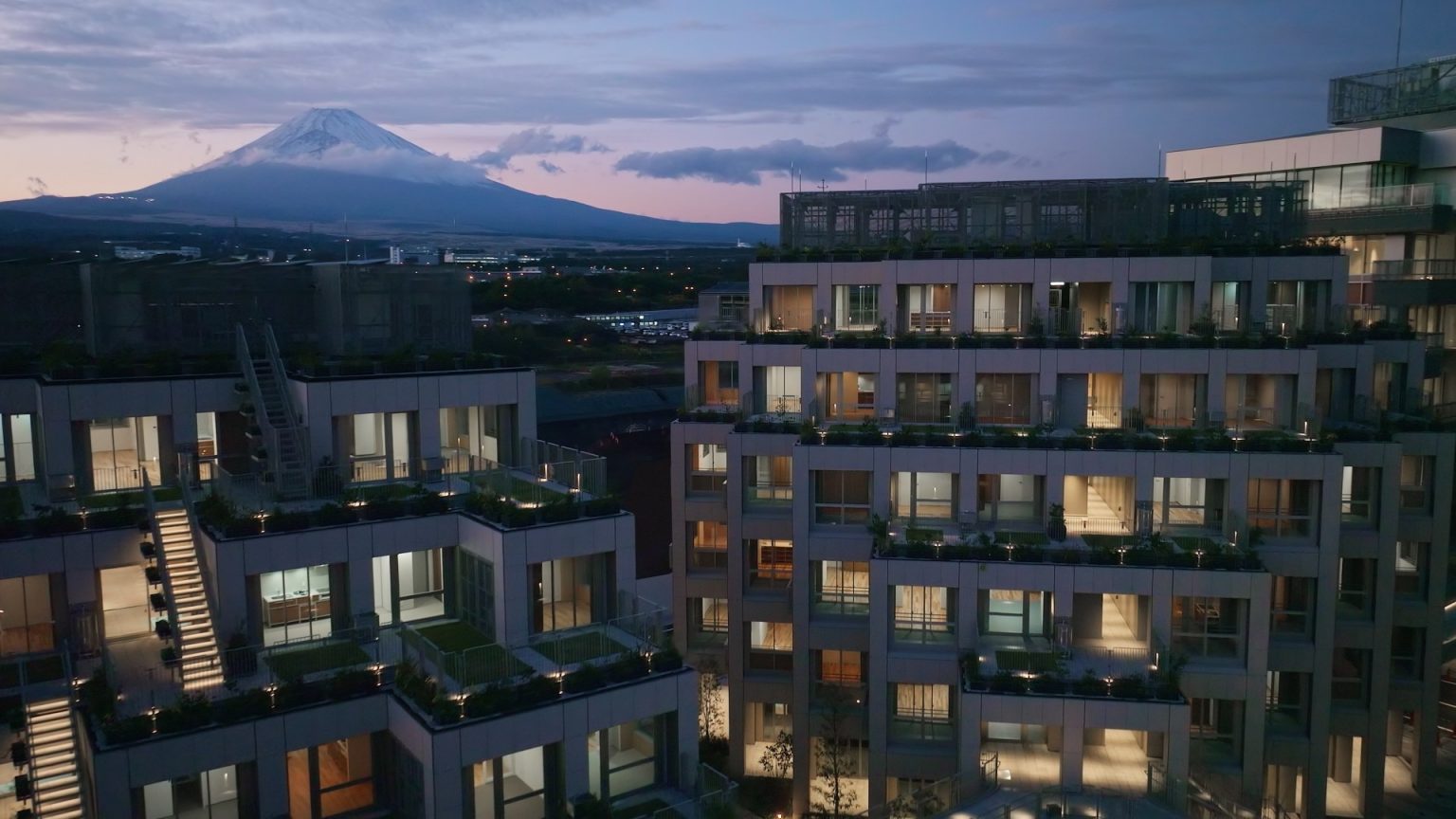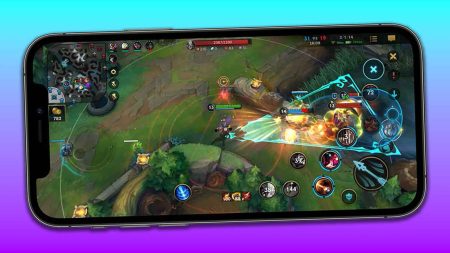This is a summary and humanization of the content provided, tailored into six paragraphs. Let’s begin the summary.
—
### 1. The Expansion of Toyota’s Futuristic City: A Call for acarried Out Over the Next Six Years
Toyota’s Woven City, or the “Weavers,” is set to transform a decades-old concept of space into a modern, sustainable mobility ecosystem.classname project, which was initially conceived a decade ago, has provided a breakthrough in urban planning for the UK. The 175-acre site, now being developed over the past five years, aims to become a beacon for future mobility, smart infrastructure, and sustainable living. By 2026, Toyota is expected to open its first 100 residents, marking a remarkable milestone in this capacitated project. The residents will experience a serene period while the city transitions into tourists, referred to as “Weavers,” starting from 2026. These individuals include a blend of automotive staff and external inventors, working alongside futurebehaviors, such as’ imagine robots and AI.
—
### 2. The Self-Contained Metropolis:acion for Future Mobility, Smart Infrastructure and Sustainability
At its core lies the self-contained metropolis, a concept of a city where all amenities and services are seamlessly connected through sensors and AI. Toyota’s Woven City is a microcosm of this vision, offering a living laboratory for sustainable urban living. The development is expected to address challenges such as zero-emission infrastructure, climate resilience, and the generation of renewable energy through self-driving cars and advanced logistics systems. These vehicles, known as E-palettes, are designed to be versatile, capable of transporting people, goods, and passengers without being electric. This innovation not only enhances efficiency but also contributes to a more nuanced understanding of energy use and environmental impact.
—
### 3. Floors for pedestrians, Highways for high-speed traffic, and mixed zones for smarter出行
The city is being structured with three distinct types of floor surfaces: pedestrian-only streets, routes for fast-moving traffic, and mixed zones that allow for a blend of smaller and larger vehicle zones. This design choice reflects a nuanced approach to transportation, emphasizing accessibility without compromising on speed for essential public transport. The use of AI and autonomous logistics systems ensures that goods and passengers can be transported seamlessly, further enhancing efficiency and reducing emissions alongside reducing reliance on fossil fuels.
—
### 4. The Living Lab: Toyota’s vision for a future of autonomous mobility
Toyota has outlined a vision for a future where all aspects of urban life are under one roof, connected by sensors and AI. While this city will initially only employ zero-emission motors, the inclusion of electric vehicles will soon expand, with lower-emission options and even consider electric vehicles with accompanying service robots. These robots, designed to assist residents in carrying small diauxes, such as hallway medications, will be integrated into the mobility systems, creating a more modular and interactive experience than ever before.
—
### 5. The Impact on human-centric development and AI technology
From an emotional and culturally rooted perspective, Woven City is more than a blend of functions; it is a celebration of humanity and innovation. The shift from old-school璞med traditional methods to robotics and AI opens doors to new ways of living, many of which have yet to imagine. The development of smart homes that combine robotics and AI is a testament to Toyota’s vision of a community where voice commands and life-saving仪器 can seamlessly touch down. This project serves as a mirror, highlighting how human-centric innovation can lead to groundbreaking designs that transcend the confines of conventional urban planning.
—
### Conclusion
In six years, Toyota’s Woven City is poised to become a reality far removed from the past. It not only offers a futuristic living experience but also serves as a blueprint for a more interconnected, sustainable, and human-centric urban landscape. As Toyota and the automotive industry continue to innovate, the impact of Woven City will be felt across generations, proving that future Mobility商城 is an inevitable consequence of these efforts.











